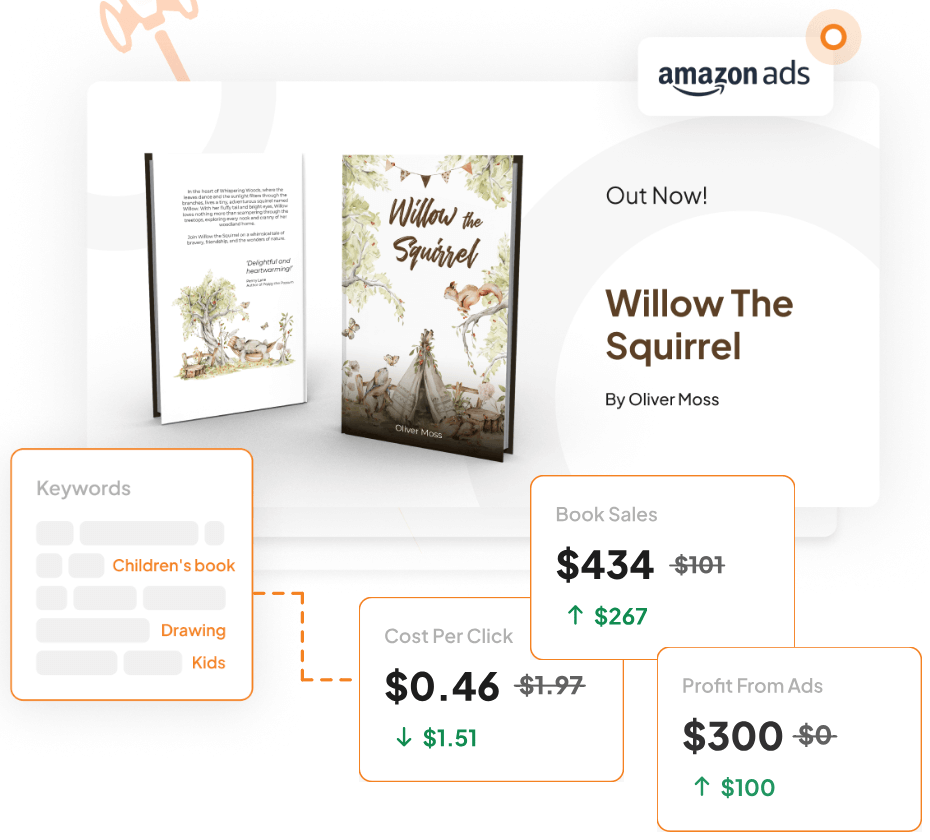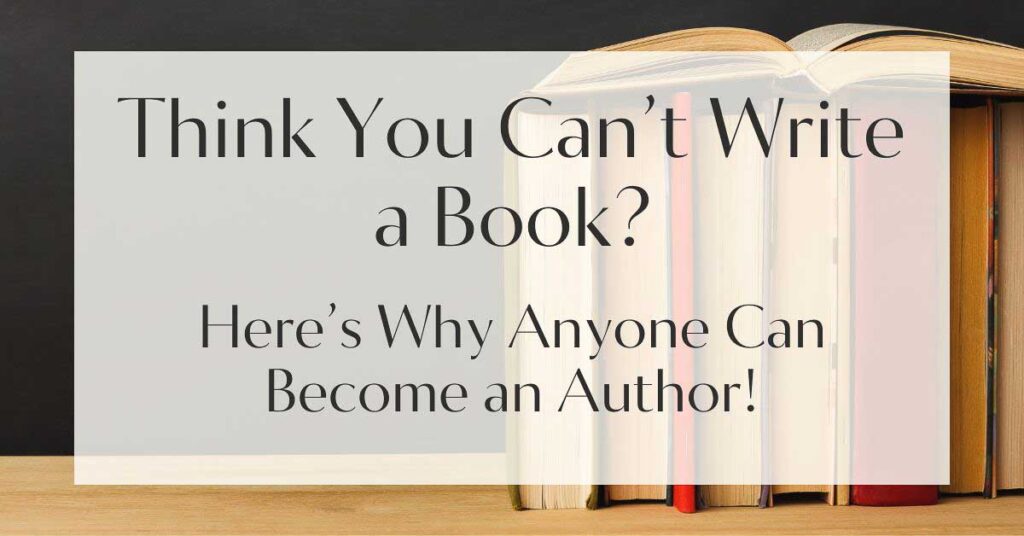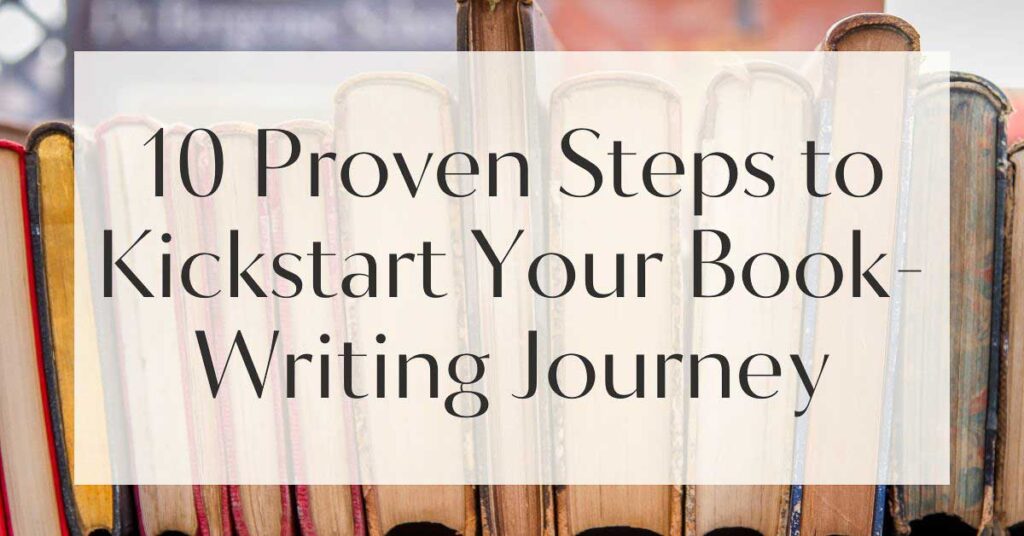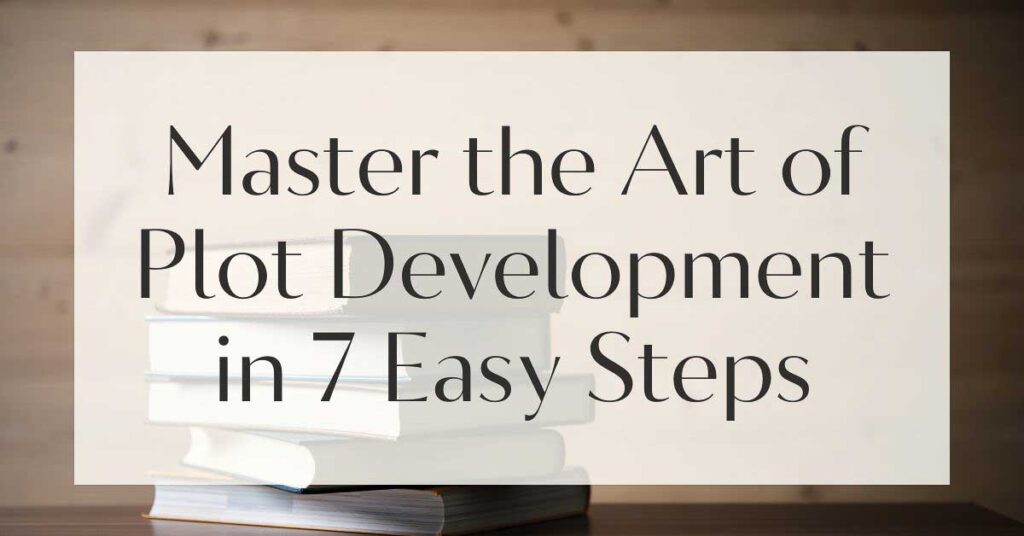Have you ever closed a book and felt a profound sense of completion, as if every narrative thread was neatly tied, leaving you both satisfied and contemplative? The art of crafting closure in writing is akin to the final brushstroke on a masterpiece, the one that leaves a lasting impression.
But what exactly makes an ending feel earned and honest, rather than forced or contrived? Let’s delve into the essence of literary closure, exploring techniques that ensure your story resonates deeply with readers.
Understanding Closure in Writing
The journey of a story isn’t merely about its beginning or middle; it’s the culmination that gives it purpose. Narrative techniques employed to achieve closure can transform a simple tale into an unforgettable experience.
What is Closure in Writing?
Closure in writing refers to the resolution of a story’s plot and character arcs, providing a sense of completeness and satisfaction to the reader.
It’s not just about tying up loose ends but ensuring that the journey feels worthwhile. Whether it’s the reconciliation of a protagonist’s internal struggle or the resolution of the central conflict, closure offers the audience a fulfilling conclusion.
The Importance of Closure in Storytelling
Imagine reading a mystery novel only for the detective to walk away from the case without a solution. Frustrating, right? Closure in storytelling not only satisfies curiosity but also reinforces the themes and messages woven throughout the narrative.
It serves as a bridge, connecting the reader’s investment with the characters and their journey to a meaningful end.

The Role of Character Development in Closure
Characters are the heartbeats of a story. Their growth and transformation are crucial to achieving a satisfying literary closure. The evolution of characters often mirrors the thematic journey of the narrative itself.
How Character Arcs Influence Closure
Character arcs are instrumental in delivering closure. As characters evolve, their personal journeys often reflect the broader themes of the story. A well-crafted character arc ensures that the protagonist’s transformation feels genuine, providing readers with a sense of closure.
For instance, in J.K. Rowling’s “Harry Potter,” Harry’s acceptance of his identity and destiny provides a fitting conclusion to his arc, aligning with the story’s overarching themes of courage and sacrifice.
Creating Emotional Resonance Through Growth
Emotional resonance is achieved when readers see characters overcoming obstacles and emerging transformed. This growth fosters a deep connection, making the ending more impactful.
In Khaled Hosseini’s “The Kite Runner,” Amir’s journey from guilt to redemption creates a powerful emotional closure, leaving readers reflecting on themes of forgiveness and atonement.
Feeling lost with your debut novel?
Fiverr Pro connects you with expert editors, designers, and marketers – everything you need to get your book ready for success!

Techniques for Crafting Closure
Crafting closure involves more than just concluding a story. It’s about ensuring that every element serves the narrative’s ultimate purpose. Here are six essential techniques to master this art:
1. Resolve Main Conflicts Effectively
Resolving the main conflicts in your story is crucial for providing a satisfying conclusion. Ensure that the resolution aligns with the narrative’s established themes and character arcs.
This not only ties up loose ends but also reinforces the story’s core messages. For example, in “The Lord of the Rings,” the destruction of the One Ring resolves the central conflict while emphasizing themes of friendship and sacrifice.

2. Use Symbolism and Imagery
Symbolism and imagery can add layers of meaning to your story’s conclusion. They provide visual cues that resonate with readers, allowing them to interpret the ending through their own experiences.
In “The Great Gatsby,” the green light symbolizes Gatsby’s unattainable dreams, offering a poignant closure that echoes throughout the narrative.
Incorporate symbols that have been present throughout your story to create a sense of continuity. This technique enhances thematic depth and provides readers with a richer understanding of the narrative’s conclusion.
3. Provide Narrative and Thematic Closure
Narrative and thematic closure involves addressing the story’s key themes and ensuring they are reflected in the resolution.
This technique brings coherence to the narrative, reinforcing its underlying messages. In George Orwell’s “Animal Farm,” the ending highlights the cyclical nature of power and corruption, providing a thematic closure that resonates with readers.
4. Leave Room for Interpretation
While closure is essential, leaving some elements open to interpretation can engage readers’ imaginations and provoke thought.
This technique invites readers to ponder the story’s implications beyond its pages. The ambiguous ending of “Inception” leaves viewers questioning reality, sparking endless discussions and interpretations.
Google Docs is for notes. Scrivener is for novels. Upgrade your writing game and try it for free today!

5. Circle Back to Key Themes
Returning to key themes or motifs from the beginning of the story creates a sense of unity and completeness. This cyclical structure reinforces the narrative’s central ideas and provides a satisfying sense of closure.
In “1984,” George Orwell circles back to the oppressive regime, highlighting the protagonist’s ultimate defeat and the story’s overarching theme of totalitarian control.
6. Create a Sense of Finality
A strong sense of finality ensures that readers feel the story has reached its natural conclusion. This can be achieved through definitive actions, resolutions, or revelations that leave no room for doubt.
In “To Kill a Mockingbird,” the resolution of the trial and Scout’s reflection on her father’s values provide a sense of closure that encapsulates the novel’s themes of justice and morality.

Examples of Effective Closure in Literature
Great literature often leaves a lasting impact through its masterful use of closure. Let’s explore some examples that illustrate these techniques in action.
Literary Works with Memorable Endings
Consider the conclusion of “The Catcher in the Rye” by J.D. Salinger. Holden Caulfield’s acceptance of growing up provides a poignant closure that resonates with readers, reflecting the novel’s themes of innocence and identity.
Similarly, “The Road” by Cormac McCarthy offers a somber yet hopeful ending, capturing the essence of survival and human connection.
Analysis of Closure Techniques in Famous Novels
In “Pride and Prejudice,” Jane Austen employs a resolution that ties up the romantic entanglements while reinforcing the themes of love and societal expectations. The novel’s ending circles back to the initial misunderstandings, providing a satisfying closure that highlights character growth and thematic depth.
| Novel | Closure Technique | Impact |
|---|---|---|
| The Great Gatsby | Symbolism and Imagery | Reinforces themes of aspiration and disillusionment |
| 1984 | Circle Back to Key Themes | Highlights the futility of rebellion against totalitarianism |
| To Kill a Mockingbird | Create a Sense of Finality | Encapsulates themes of justice and moral growth |
Common Pitfalls in Achieving Closure
Even skilled writers can stumble when it comes to crafting closure. Here are some pitfalls to avoid:
Avoiding Rushed or Contrived Endings
A rushed or contrived ending can undermine the entire narrative, leaving readers dissatisfied. Ensure that the resolution feels organic and earned, rather than forced or abrupt. Take the time to develop the conclusion, allowing it to unfold naturally from the story’s events and character arcs.

Balancing Ambiguity and Resolution
While ambiguity can add depth, too much can leave readers feeling unfulfilled. Strike a balance between providing answers and leaving room for interpretation. Consider the expectations of your audience and the genre conventions to determine the appropriate level of ambiguity in your ending.
When crafting an open-ended conclusion, provide subtle hints or thematic resolutions that guide readers toward a satisfying interpretation. This approach maintains engagement while encouraging thoughtful reflection.
Reflections on Closure in Your Own Writing
As writers, achieving closure in our stories is both a challenge and an opportunity. Reflecting on your narrative goals and the journey you’ve crafted can help you create an ending that resonates with readers.
No marketing platform? No social following? No problem!
Publisher Rocket helps you market your debut novel like a pro.
It’s a gamechanger for debut authors – try it today!


Inviting Reader Engagement Through Open-Endedness
Open-ended conclusions invite readers to engage with your story on a deeper level.
By leaving certain elements unresolved, you encourage them to explore the narrative’s themes and implications. This approach fosters a sense of participation, allowing readers to become active participants in the story’s conclusion.
The Personal Journey of Crafting Closure
Crafting closure is a personal journey that requires introspection and creativity. Consider the themes and messages you wish to convey, and let them guide your narrative’s resolution. Remember, a well-crafted ending not only satisfies readers but also reflects your unique voice and vision as a writer.








